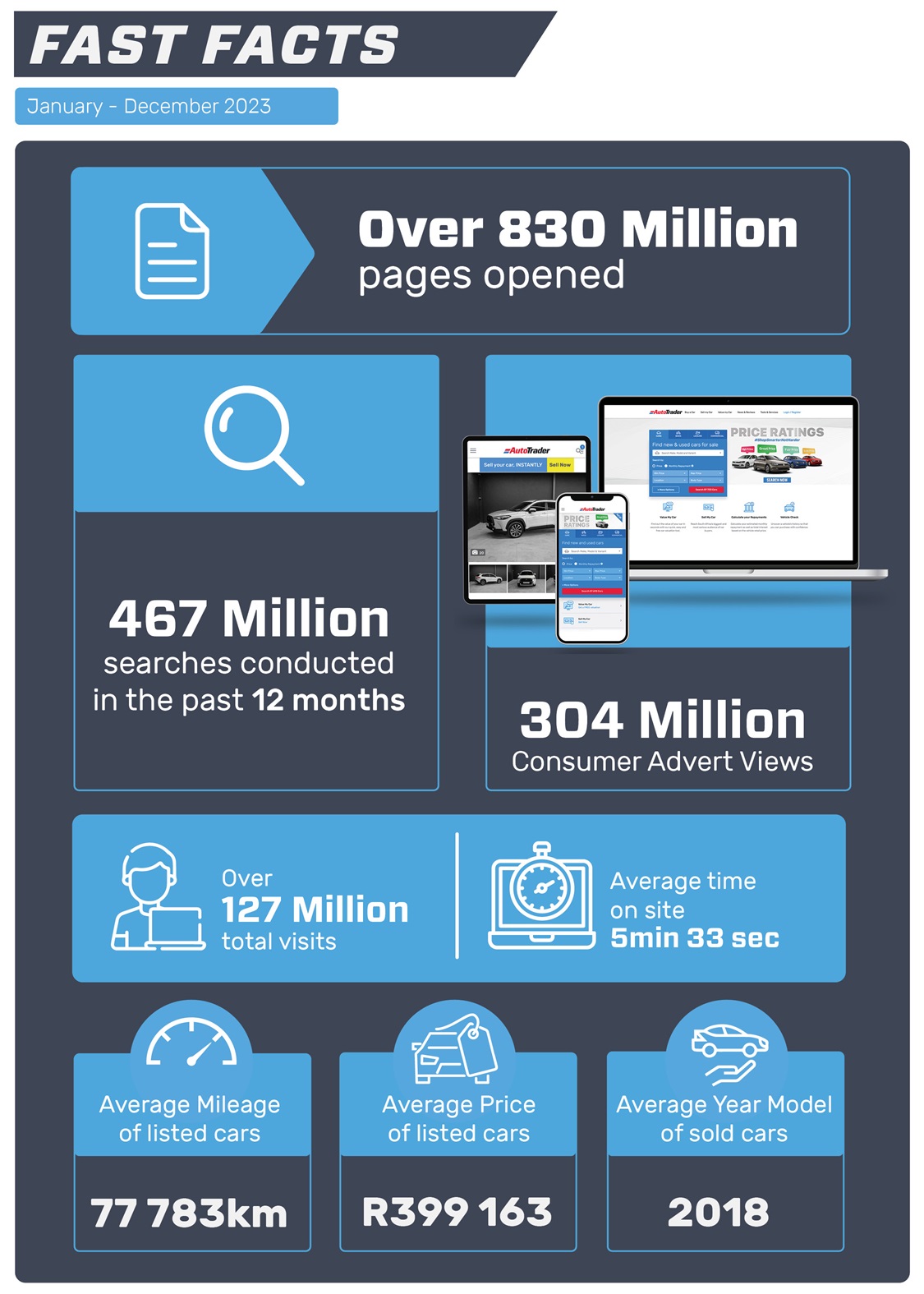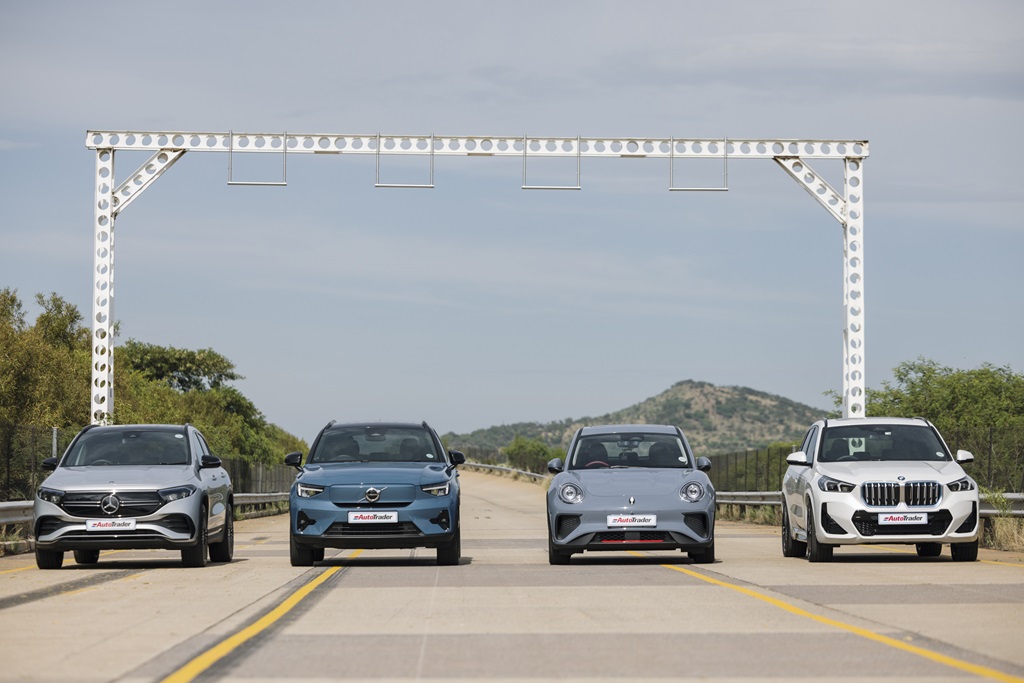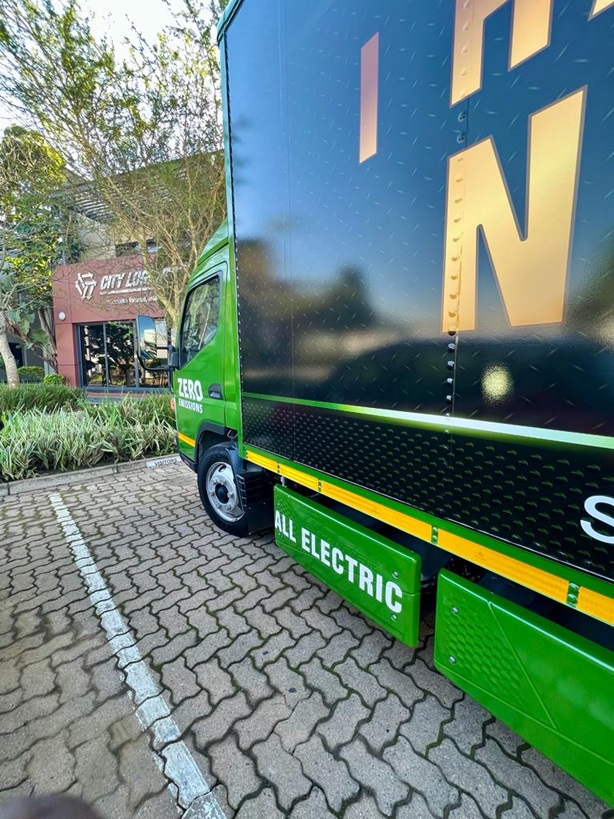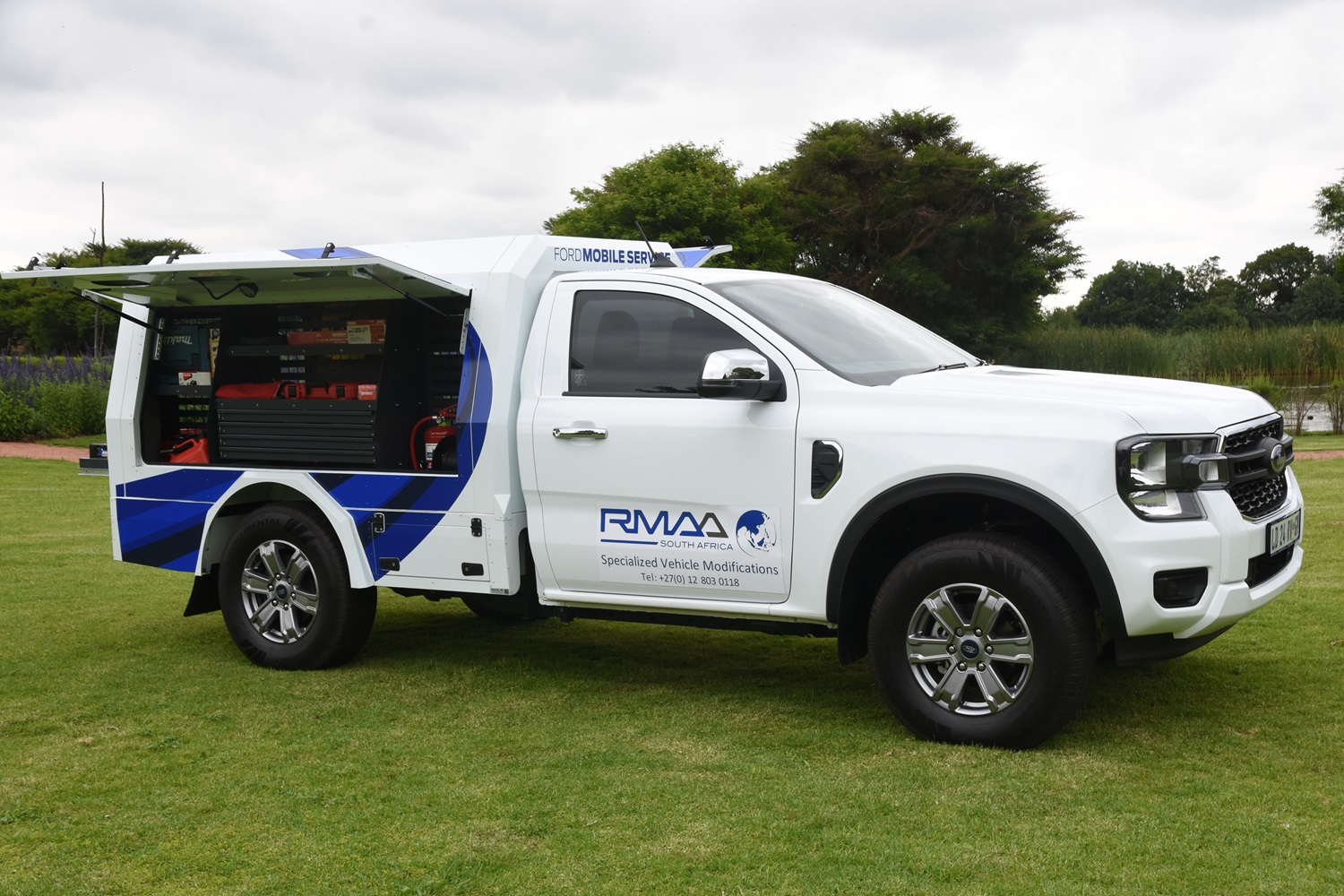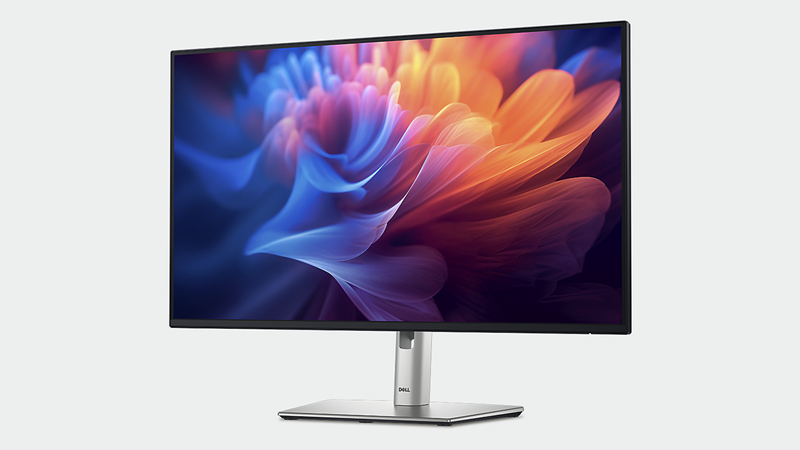It’s unlikely that you’ll be driving in bone-chilling temperatures of -40°C or sweltering sun at 80°C, or that you’ll do either in the space of a day, all whilst enduring 95 per cent humidity. But, if you’re a Ford owner, you can rest assured that your vehicle has ‘been there, done that’, thanks to the automaker’s specially designed ‘weather chambers’ throughout the world.
In China, Ford’s new state-of-the-art weather chamber, at its Nanjing Research and Engineering facility, works around the clock to simulate the most extreme weather conditions – from arctic frost and desert heat to rainforest humidity – to ensure your vehicle runs like clockwork as you open the door and step in – come rain, hail, or shine.
Here in Mzansi, as winter sets in, and air-conditioners are swapped out for heaters, snow news is usually good news – especially if you’re a skier or snowboarder, and are planning a holiday to Tiffindell in the Southern Drakensberg, or AfriSki across the Lesotho border. In fact, because it is relatively rare, local snowfall is generally cause for much excitement in most South African homes, where many of us may only get to experience real snow, up close and personal on home soil, once or twice in our lifetime.
Driving in snow or ice zones, however, is not so much fun. Before you set off, it’s important to think about how the conditions will affect the roads and the way your car behaves. Here are 10 tips for preparing your car for winter, and being a safe and vigilant driver.
Keep your windscreen clean and demisted. When driving in wintery conditions, visibility is key, so you need to make sure your windscreen, windows, and mirrors are all free from grit and dust. Your wipers need to be in good working order to clean your windscreen effectively. And it’s important to make sure you’ve topped up your windscreen washer reservoir with a good winter additive to stop it from freezing.
Clean your bonnet, roof, and exhaust pipe. Make sure your bonnet and roof are clear from snow, for your own safety and for the safety of other road users. It can be dangerous if snow blows off your roof when you’re driving along. Double-check that your exhaust is clear of snow or debris before hitting the road. A blocked pipe may cause carbon monoxide to leak into your car while the engine is running.
Check your tyre tread and pressure. Good tyre tread and properly inflated tyres are essential to staying in control on slippery roads. Your tyres should be properly inflated and retain plenty of tread groove depth to help disperse water on the road. If you spend a lot of time driving in wintery conditions or on icy roads, consider investing in snow tyres or snow chains for better traction.
Take your car to an authorised dealership. In addition to doing your own regular checks, a visit to your local dealership is advisable to make sure your vehicle is in tip-top condition. The dealer can do a professional inspection of your windshield wipers, front and rear defrosters, car battery, lights, and safety system to ensure all are in good working order, and that your oil and anti-freeze are at the correct levels.
Plan your journey carefully. Before you set off, check the weather forecast. It is also a good idea to listen to traffic announcements to find out about any accidents, road closures, or road advisories that you may encounter on route. Trips can take longer during winter weather than other times of the year, so leave some extra time.
Be prepared. Make sure your fuel tank is full before you set off. Frosty conditions may cause delays – and you don’t want to be stuck in the cold having to walk to the nearest service station. Your vehicle should always be equipped with a torch, first aid kit, and some jumper leads. Save the number of your breakdown provider in your phone, so you can always call for help if necessary. Don’t forget to pack a blanket, and some food.
Be aware of ice. Winter weather brings many dangers for motorists – heavy snow, freezing rain, flooding, and bitterly cold temperatures can all wreak havoc on road conditions. But one of the most threatening is slippery and hard-to-spot black ice. Ice can stop your tyres from getting a good grip, making steering and stopping difficult. Black ice is a thin layer of ice that forms on the roadway, but instead of looking icy, the road appears wet. Black ice tends to form at night or in the early hours of the morning, and many drivers don’t notice it until they’ve lost control.
Adjust your speed and braking distance. It’s prudent to drive a little slower than normal, and always make sure you leave enough space between you and the car in front. It takes from four to 10 times more distance to stop on ice and snow than on dry tar. Following distances should be adjusted accordingly. This is most important when you find yourself behind trucks or other large vehicles. Their sheer size means it takes longer for them to slow down or stop, and their tyres tend to stir up ice and snow, which may land in your path.
Try not to brake abruptly. In winter weather, sudden braking can lead to a loss of traction, so don’t slam on brakes. If you feel your tyres starting to slip, try taking your foot off the accelerator and gradually steer in the opposite direction of where you are skidding.
See and be seen. Keep your lights on low when driving in the snow. Look ahead for traffic lights, stop signs, curves, and give yourself enough time to react. In case of an accident or breakdown, pack a hi-visibility vest to make sure people can see you.
Provided by Ford South Africa




